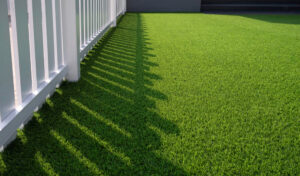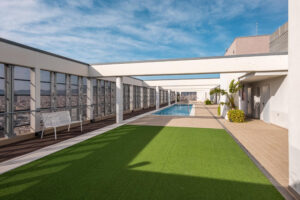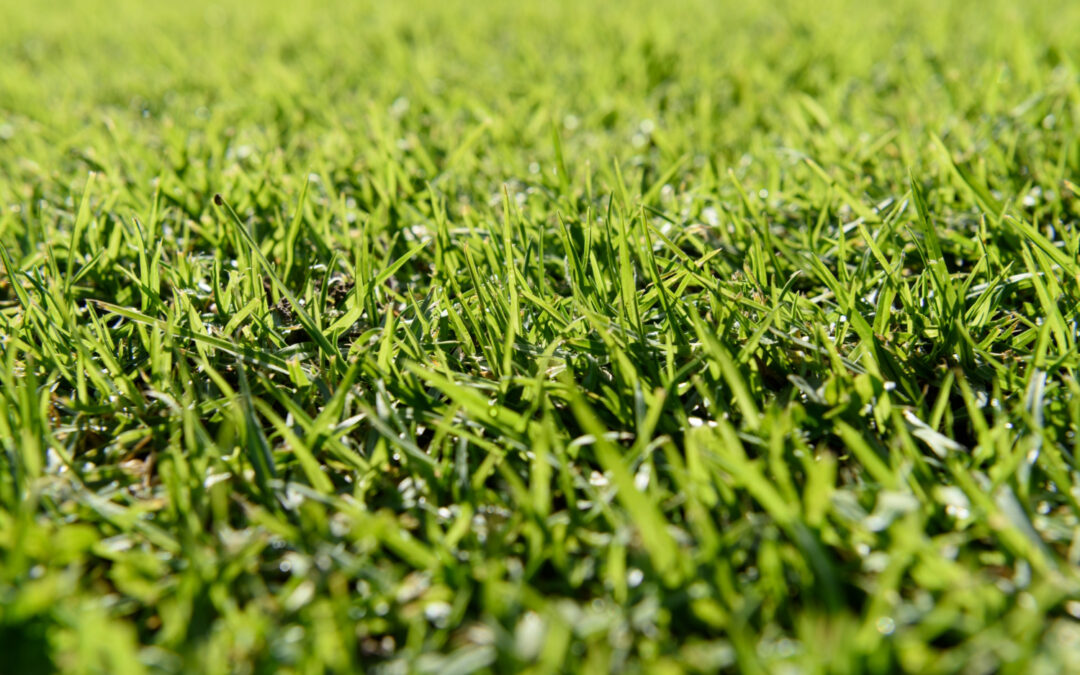Artificial turf offers a sustainable alternative to traditional grass, reducing water usage and minimizing the need for harmful pesticides. Made from durable, recyclable materials, modern artificial turf provides a lush, green appearance year-round with minimal maintenance. Whether for residential lawns, sports fields, or commercial spaces, eco-friendly options help conserve resources while enhancing outdoor aesthetics. Choosing high-quality artificial turf ensures a long-lasting, environmentally responsible solution for any landscape.
Benefits of Eco-Friendly Artificial Turf
Eco-friendly artificial turf provides a lush, green landscape without the high maintenance demands of natural grass. One of its biggest advantages is water conservation, as it eliminates the need for constant watering, making it ideal for drought-prone areas. Additionally, artificial turf reduces the use of pesticides and fertilizers, which can harm the environment and contaminate groundwater. With fewer chemicals required, it promotes a healthier ecosystem for both people and pets.
Another key benefit is durability. High-quality artificial turf can withstand heavy foot traffic, extreme weather conditions, and daily use without showing signs of wear. Unlike natural grass, which requires regular mowing and reseeding, artificial turf remains vibrant year-round. This long-lasting solution not only saves time and money but also reduces carbon emissions from lawn care equipment.
How Artificial Turf Saves Water and Energy

Artificial turf is a game-changer in water conservation, reducing household and commercial water consumption significantly. Unlike natural grass, which requires thousands of gallons of water annually, artificial turf stays green without irrigation. This is particularly beneficial in dry climates where water restrictions are common. By eliminating the need for watering, artificial turf helps homeowners and businesses lower their water bills while contributing to sustainable environmental practices.
Beyond water savings, artificial turf also reduces energy consumption. Lawnmowers, trimmers, and other landscaping equipment require fuel or electricity to maintain natural grass. Switching to artificial turf eliminates the need for these energy-consuming tools, leading to lower carbon emissions. The reduced reliance on gas-powered machines makes artificial turf an eco-friendly choice that supports long-term sustainability.
Best Materials for Sustainable Artificial Turf
The materials used in artificial turf play a crucial role in its sustainability and environmental impact. Many modern options are made from recyclable plastics such as polyethylene and polypropylene, which provide durability and a natural grass-like texture. Some manufacturers incorporate plant-based infill materials, such as coconut husks or cork, to reduce reliance on synthetic components. These sustainable choices help minimize pollution and waste while maintaining high performance.
Another eco-friendly advancement in artificial turf materials is the use of lead-free, non-toxic components. Traditional turf products sometimes contained harmful chemicals, but today’s sustainable options prioritize safety and environmental responsibility. Choosing artificial turf made from high-quality, non-toxic materials ensures a long-lasting product that is both safe for humans and beneficial for the planet.
Artificial Turf for Homes and Commercial Spaces

Artificial turf is a versatile landscaping solution that enhances both residential and commercial properties. Homeowners appreciate its low-maintenance appeal, as it eliminates mowing, watering, and fertilizing. It creates a consistently lush lawn that withstands heavy foot traffic, making it perfect for play areas, backyards, and patios. Many pet owners also choose artificial turf because of its durability and easy cleaning process, ensuring a safe and hygienic space for pets.
Commercial properties, including office buildings, hotels, and sports facilities, benefit greatly from artificial turf installations. Businesses save on landscaping costs while maintaining an attractive, professional appearance year-round. Additionally, artificial turf can be used in indoor spaces, such as gyms or event venues, to create a green and welcoming atmosphere without the hassle of live plants.
Low-Maintenance Features of Artificial Turf
One of the most appealing aspects of artificial turf is its minimal maintenance requirements. Unlike natural grass, which needs frequent mowing, watering, and fertilization, artificial turf retains its lush, green appearance without constant upkeep. It does not grow, meaning no trimming is needed, and it remains resistant to common lawn problems like weeds and pests. This saves homeowners and businesses both time and money on lawn care services.
Cleaning artificial turf is also effortless. Occasional brushing helps keep the fibers upright, while simple rinsing with water removes dirt and debris. Pet owners can easily clean up messes using mild soap and water, ensuring a sanitary outdoor space. With proper care, artificial turf can last up to 20 years, making it a practical and cost-effective alternative to traditional lawns.
Choosing the Right Artificial Turf for Your Needs

Selecting the best artificial turf involves considering factors like durability, texture, and eco-friendliness. Homeowners should choose turf with soft, non-abrasive fibers for a natural feel underfoot. For high-traffic areas such as playgrounds or sports fields, opt for dense, resilient turf that can withstand wear and tear. The choice of infill also matters—organic infill options, such as sand or cork, provide additional cushioning and sustainability.
Climate and intended use should also guide your decision. If you live in a hot region, select artificial turf with heat-resistant technology to prevent excessive surface temperatures. For pet owners, look for antimicrobial options that resist odors and bacteria. Researching reputable manufacturers and reading reviews can help you invest in high-quality, long-lasting artificial turf suited to your specific needs.
Artificial Turf Installation Tips for Longevity
Proper installation is key to ensuring the longevity and performance of artificial turf. Start by preparing a solid base with compacted soil and crushed stone to create a stable foundation. This prevents uneven surfaces and enhances drainage, reducing the risk of water buildup. Using a high-quality weed barrier underneath the turf also helps prevent unwanted plant growth, keeping the surface clean and maintenance-free.
Securing the turf correctly is another essential step. Stretch the material tightly to avoid wrinkles and secure it with durable stakes or adhesive. Seams should be carefully aligned and bonded for a seamless finish. Regularly brushing the fibers and occasionally adding fresh infill will help maintain the turf’s shape and appearance, ensuring it remains beautiful and functional for years to come.
Conclusion
Eco-friendly artificial turf is a smart investment for any space, offering sustainability, low maintenance, and long-lasting beauty. By reducing water usage, eliminating harsh chemicals, and minimizing lawn care costs, it provides an environmentally responsible solution for homes, businesses, and sports fields. Whether you want to enhance your backyard or upgrade a commercial property, artificial turf ensures a lush, green landscape all year round.
For high-quality artificial turf solutions in Tampa, TK Turf is here to help. Contact us today at (813) 534-4220 to explore the best options for your space. Let’s create a beautiful, eco-friendly outdoor environment together—call now for a free consultation!


Recent Comments